Fundraising campaigns often use photos and themes that conjure up images of horror and destruction. But where do we draw the line between appealing to our emotions and the so-called “poverty porn”?
Showing reality in all its cruelness or sending a message in order to promote something more positive. This is the ethical conflict that many international NGOs face when producing a fundraising campaign, especially when the use of images is vital to the message that is being put across. Daniel Ramírez-Raftree, a sociology student at the University of Chicago, told NGO Storytelling: “Poverty porn is effective as a means for raising funds because it elicits strong emotional responses “. He further adds: "This can be a problem, however, because people are not necessarily driven to help or donate out of a comprehensive understanding of the actual work that’s being done, but rather out of feelings of pity, sympathy, and guilt".
A study by the University of Ljubljana supports the idea that images of poverty, i.e. of people who are suffering, have been used by the media and humanitarian aid organisations in order to create awareness and make money for many years. Images that, for example, show Africa from a tribal, sexualized or catastrophic perspective, are implicitly “acting to further the idea further the idea of underdevelopment and suggesting the idea of the superiority of Western society" (Dolinar, 2013).
Lafede.cat, made up of 114 global justice organisations, has created a code of ethics for the use of images and a guide which give tips on how to prevent the use of unbalanced images or these that can be interpreted as paternalistic or promoting of superiority, as well as those which could encourage ethnic or racial discrimination, with a particular emphasis regarding gender and sexist language. Other important points include:
-
Take special care when using images of children.
-
Identify the people and their location as much as possible so the message can be put into context.
-
Do not discriminate between images for reasons of ethnicity, belief, culture, language, ideas, etc.
-
Balance the emotional and the rational, and make use of images in both cases.
"A large part of our perspective on other people and cultures is based on iconic or stereotyped images, which need to be deconstructed or at least no longer reinforced. This is something that more responsible NGOs and journalists have been doing for years", explains Montse Santolino, from Lafede.cat.
Dani Vilaró, Head of Communications for Amnesty International Catalunya, explains that within his organisation there are some general principals regarding photography that “finds a balance between showing human dignity and positive action when denouncing human rights ". Vilaró adds that Amnesty "refuses to take photographs solely from the victim’s perspective ", and they often ask the permission of the individual photographed or their family, out of respect for their right to privacy.
On top of the ethical aspects of the use of certain images in advertising and awareness campaigns, there is also a risk in terms of the legal aspects. According to Llei Orgànica 15/1999 de 13 de desembre, de Protecció de Dades de Caràcter General (LOPD), (Data Protection Act, link in Catalan) it states that when publishing images "the permission of the person identified or identifiable is needed ". In any case, not doing so could involve ethical conflicts and, although it can seem restrictive, respecting a person’s privacy can protect them from such powerful communication tools such as the Internet or social media, where an image can be shared immediately by hundreds of users.
For example, Amnesty often has the dilemma of using photographic material of people defending threatened human rights or those in need in protection. In these situations they use a well-known protocol in which they show the individual from behind or not showing their face, without altering the image or pixelating it.
In the same way as Lafede.cat, various organisations such as the Spanish Development NGO Coordinator (CONGD) have designed their own codes of conduct regarding images and messages of or about the developing world. The CONGD recommends avoiding the use of idyllic images or images of disasters, which appeal to conscience rather than thought, in order to encourage donations. Furthermore they emphasise that the message of photos has to be to avoid any globalization or generalisation in the minds of the public, highlighting people’s capacity to take care of themselves.
Examples of images that don’t comply with the aforementioned guidelines are:
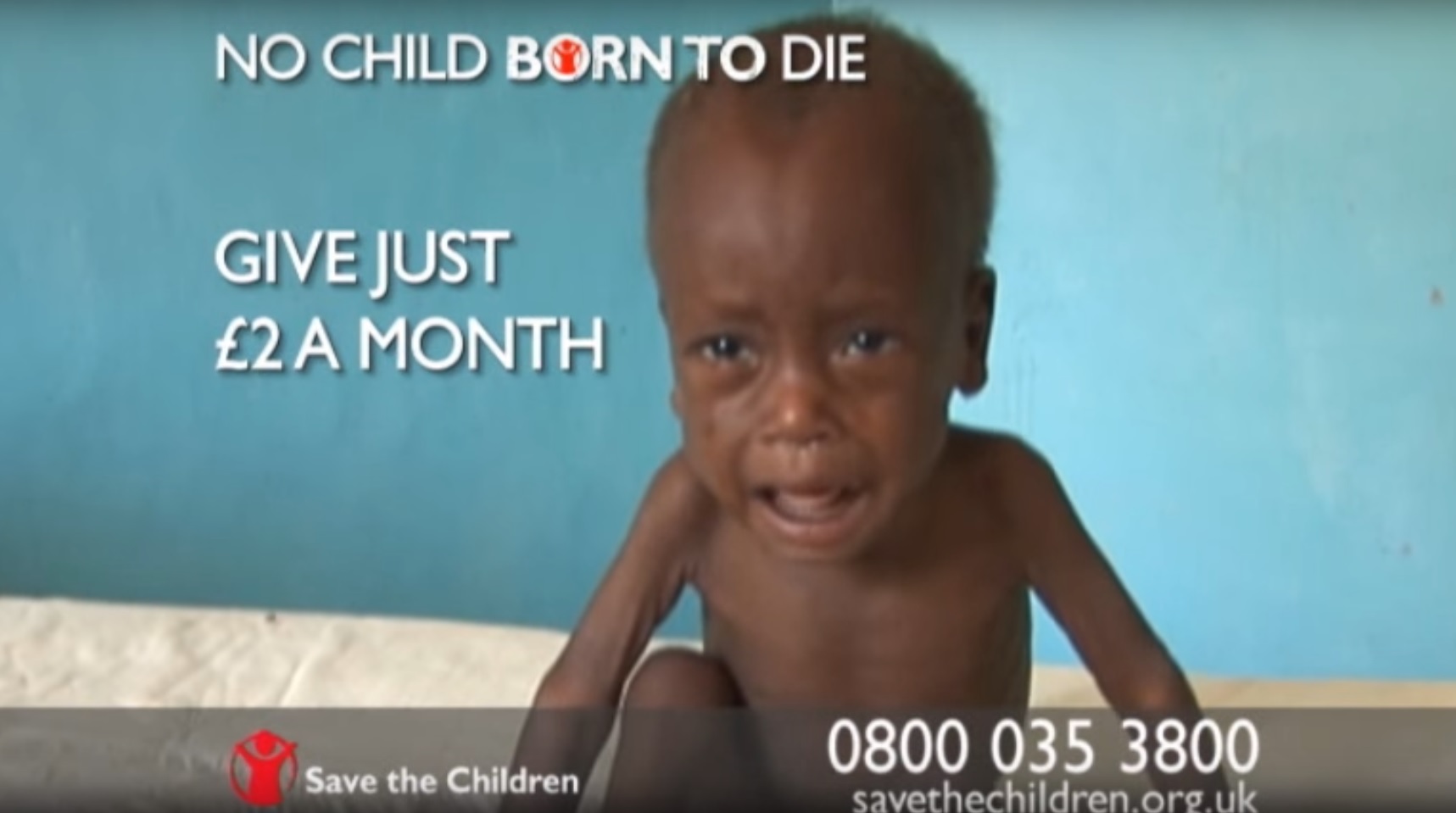
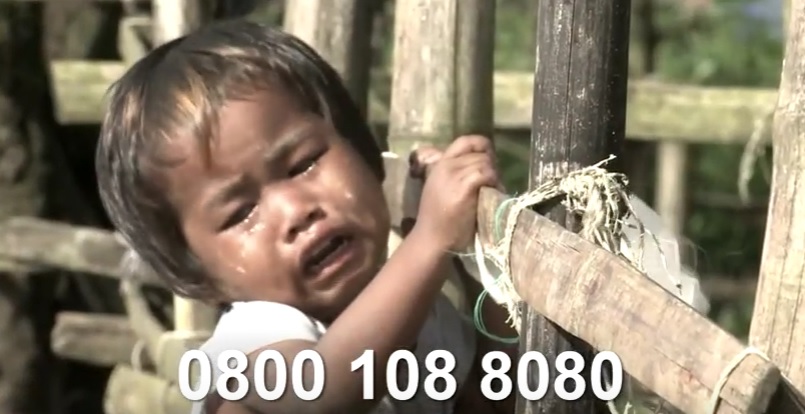
The campaigns director of Oxfam International stated in an interview with Al Jazeera that "if we continue imagining global poverty as something that can be solved through paternalistic charity, we will never be able to get the public to understand that these are the exactly the systemic problems that humans have created and which require systemic long-term action in order to be resolved".
Marketing strategies use more emotional images as a short-term tactics in order to pursue an act more based on charity than on transformation: donations. Kouchner, founder of Doctors Without Borders, stresses the point that there is no outrage without an image. However it is indisputable that in the end the sheer number and profusion of photos become boring and make us end up tolerating what in itself is intolerable (Picas Contreras, 2003).
Images of refugees
On the other hand, the use of raw images has at times elicited a reaction by society. The best known case is that of the photo of Aylan Kurdi, a 3 year-old-refugee child whose body was found and photographed washed up on the coast of Turkey. The publication of this image caused a great stir and forced European institutions to react to the huge exodus of refugees entering Europe from Africa and the Middle East. Vilaró says that they sent a team on the camps in Greece and on Lesbos to photograph refugees who had to live under conditions of extreme cold. "They have to understand that they have to show everything, always bearing in mind to document how they live”.
For this reason Santolino states that at the moment the priority with refugees is to monitor the use of images depicting them. "On one side, you have to try to not increase xenophobia and, on the other, no give a reductionist image of them through using the same simplified narratives", he emphasizes. Remember they are neither victims in need of assistance nor a threat, and as for the use of children, he says “photographers are abusing the publication of images ".
Some organisations such as the NGO Seed for Change, SOS Children’s Villages, the Red Cross, and the Catalan NGO Federation for Development or groups such as the Roma have also developed their own codes of conduct regarding images and publicity. In the 21st century images have become a very powerful tool for grabbing the attention of the public and people in general. Making good use of images and photos is a sensitive issue that many organisations are facing today and that they will also have to face in future.
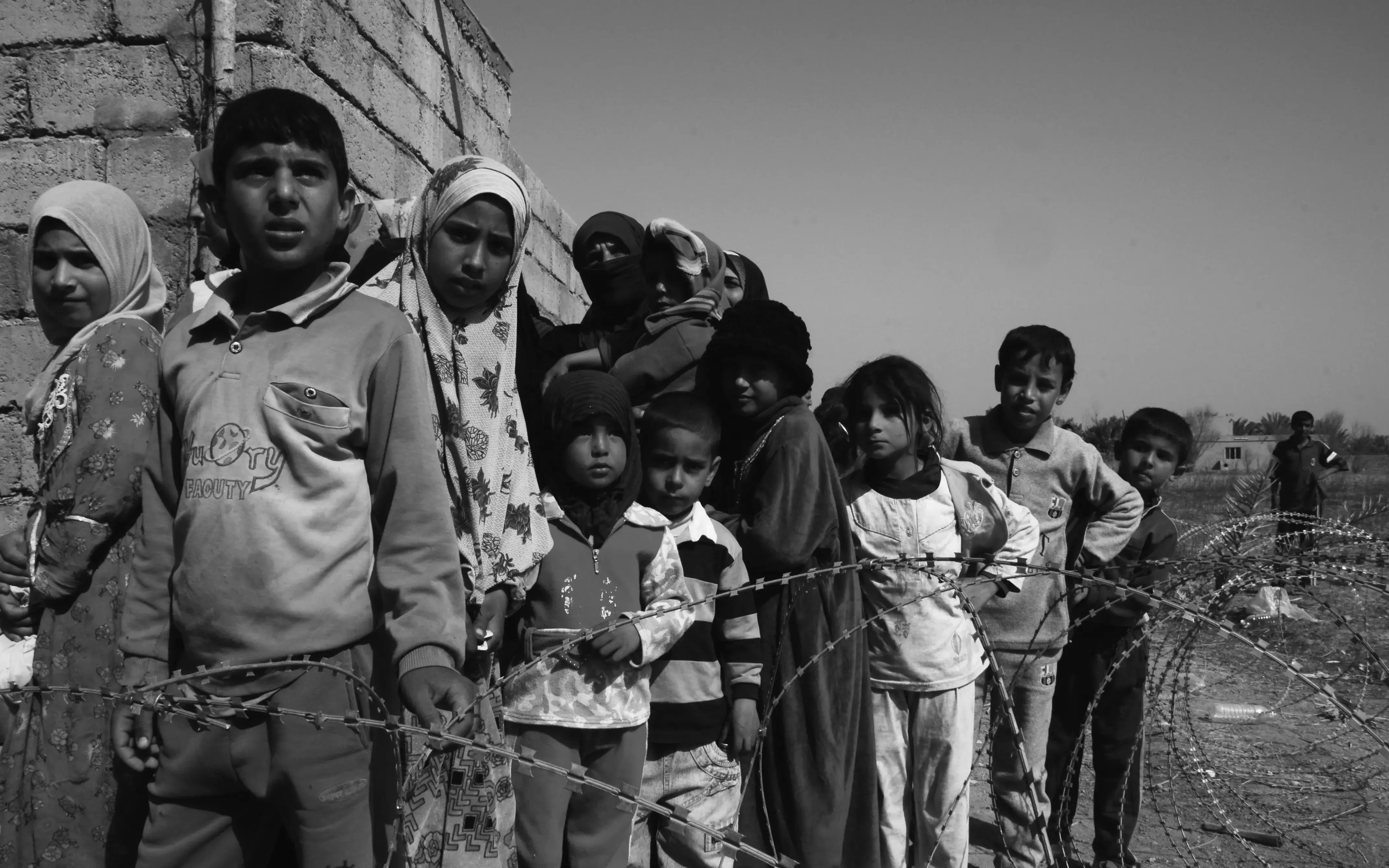
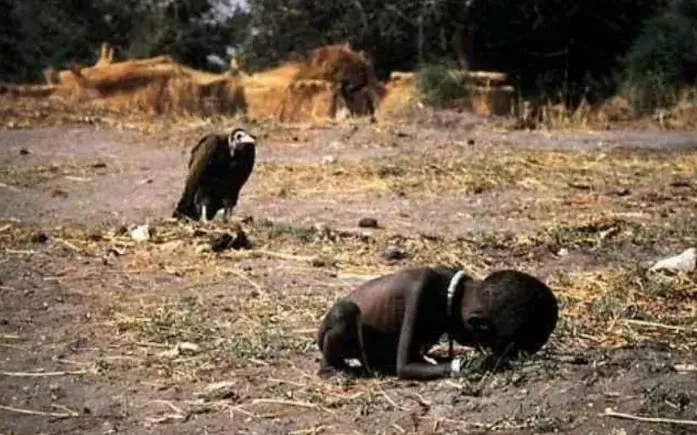
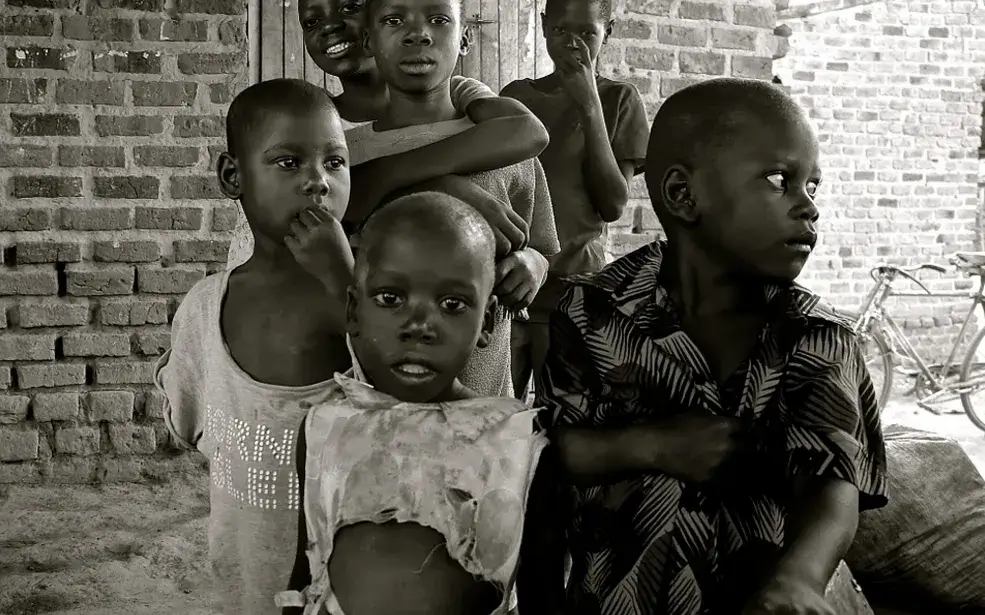
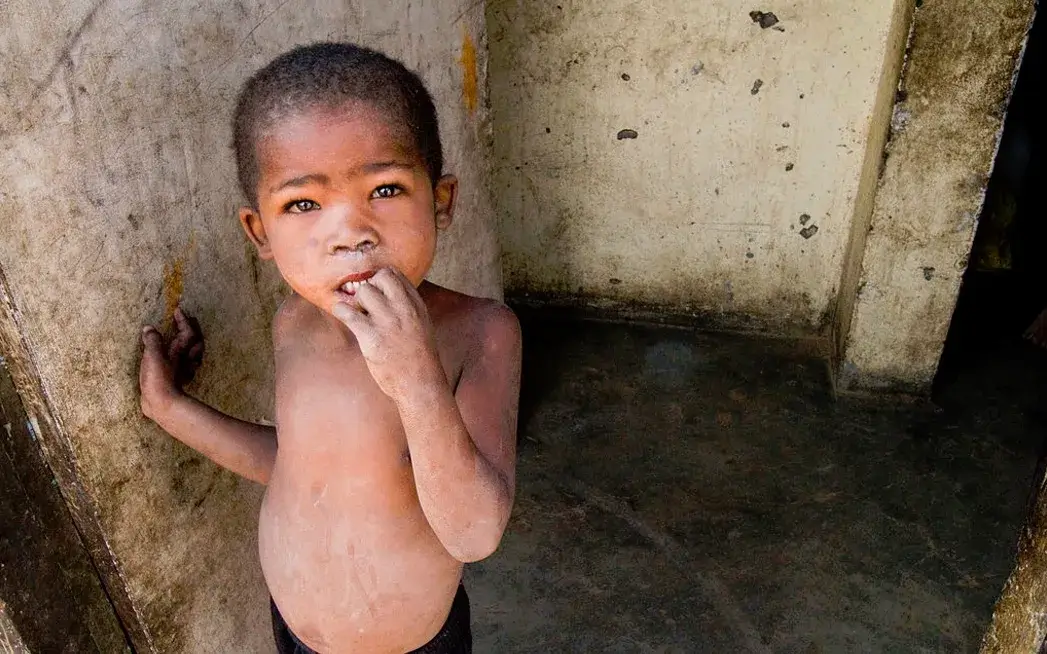
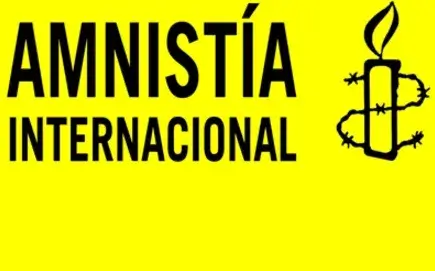
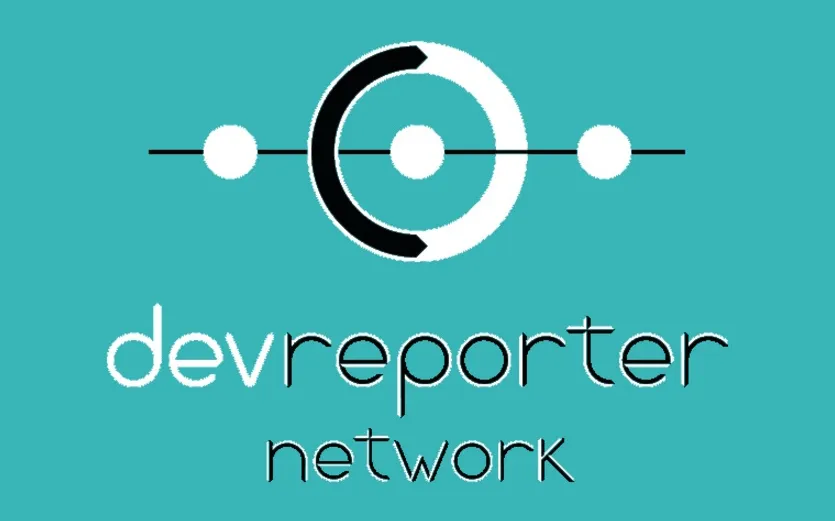
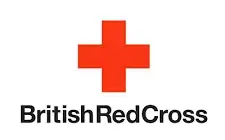


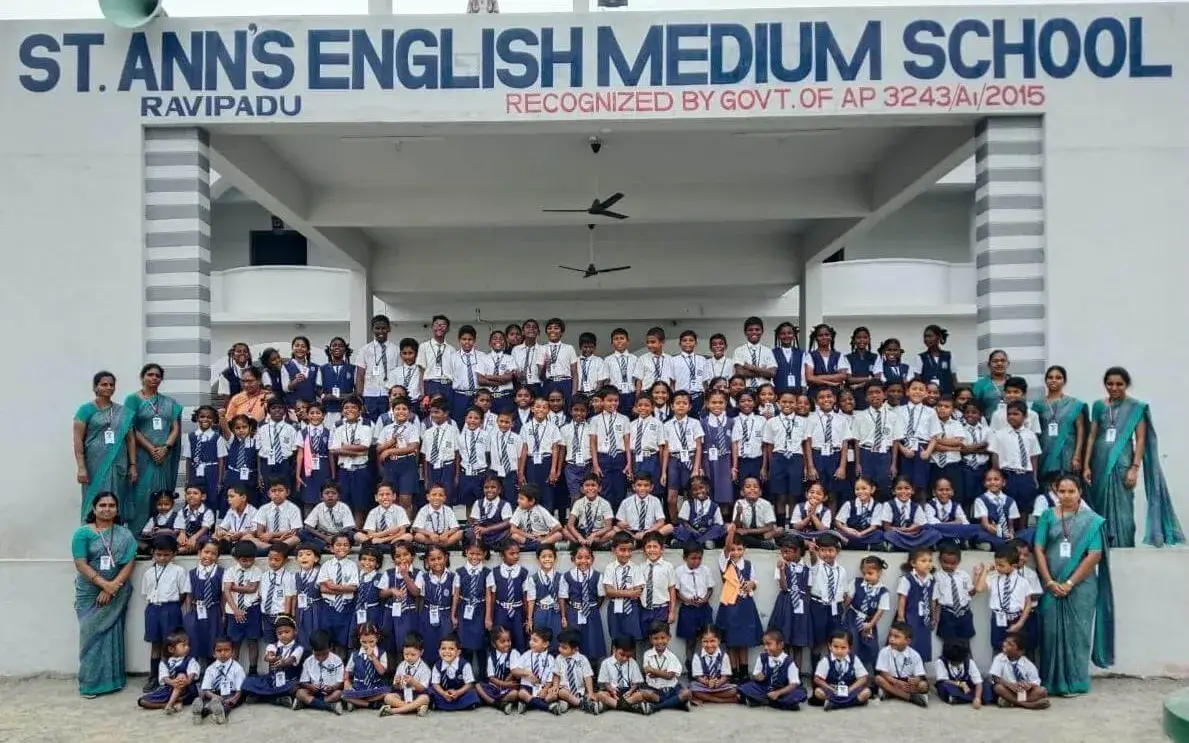
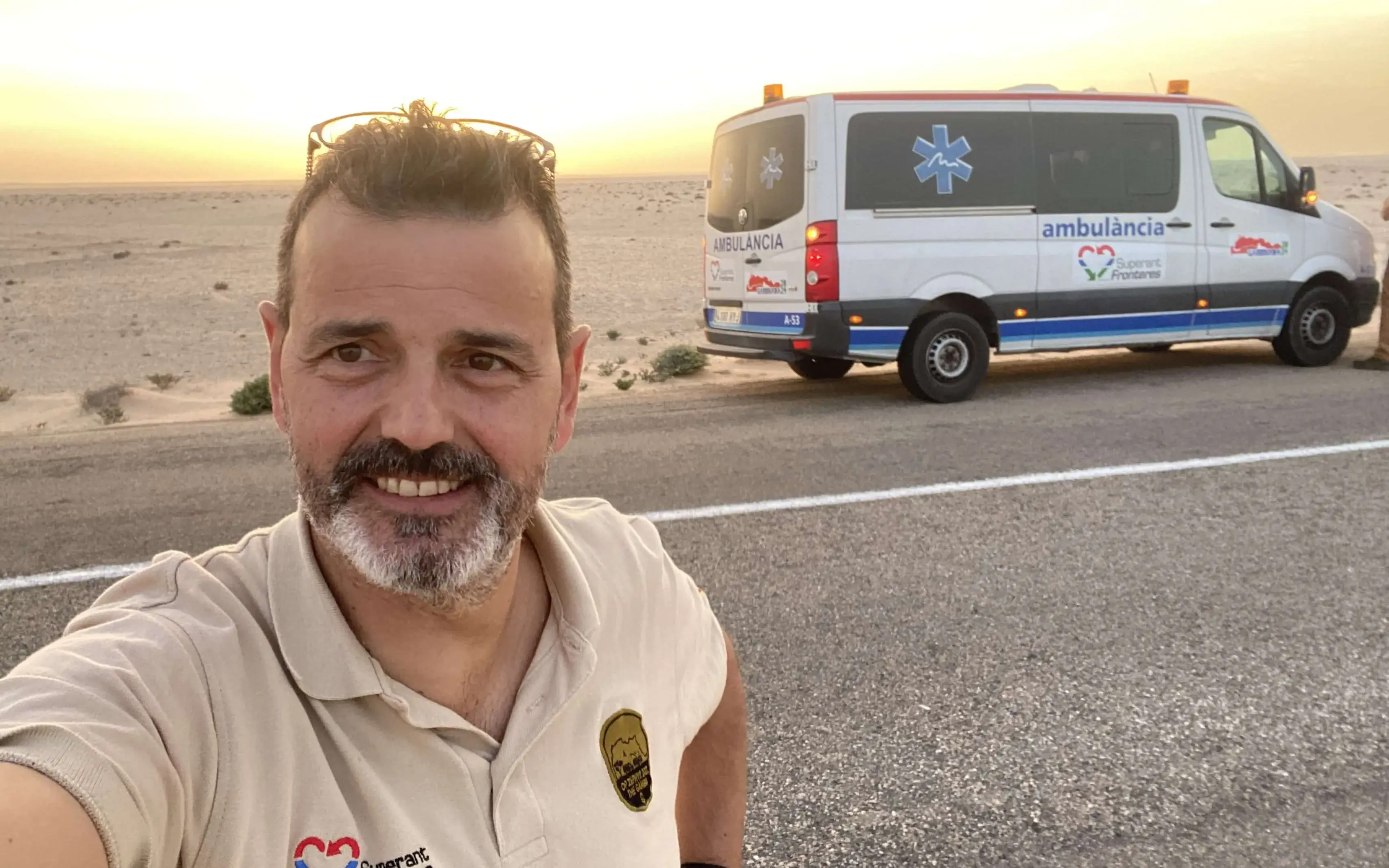
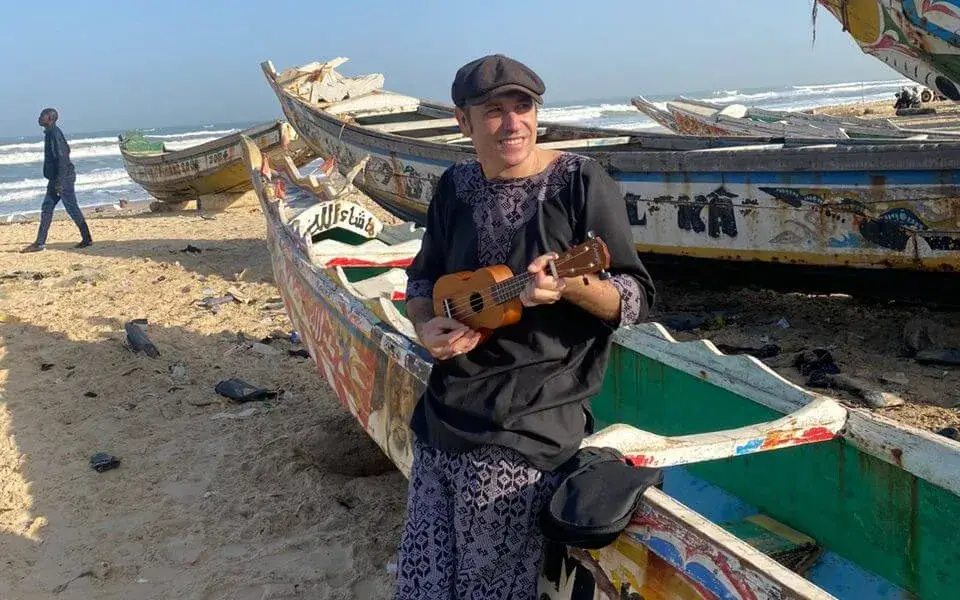
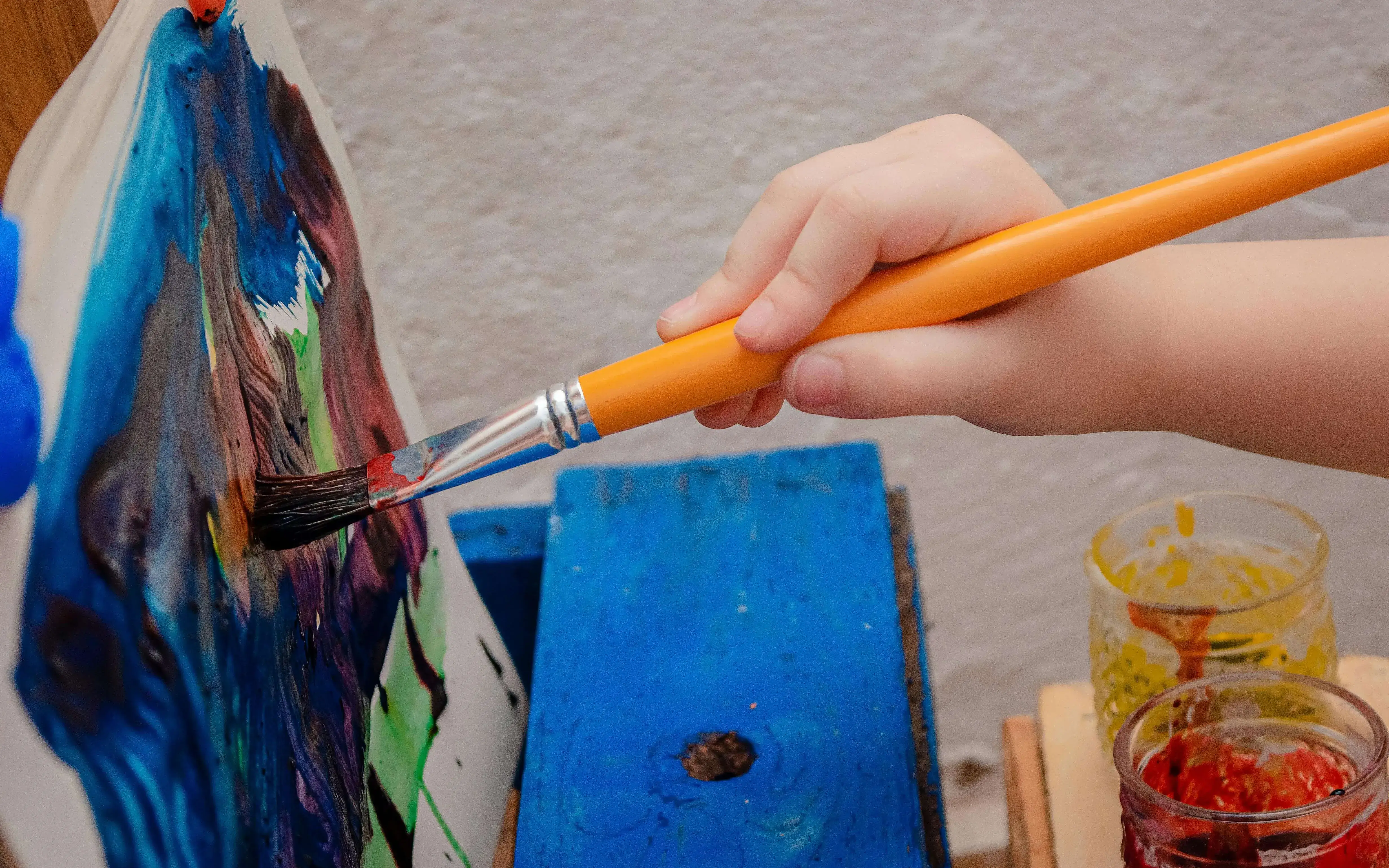
Add new comment